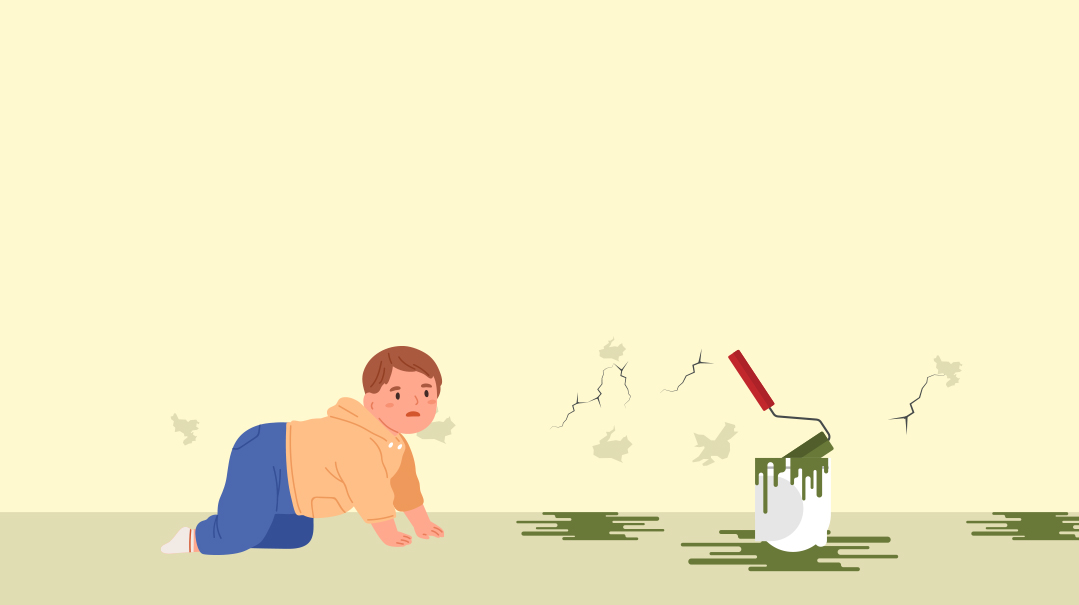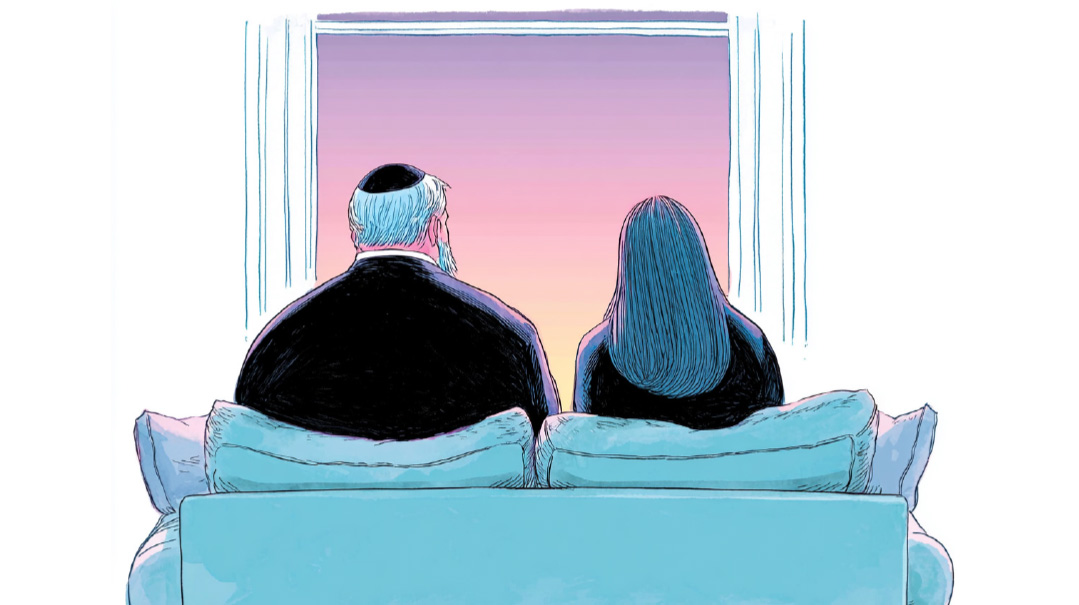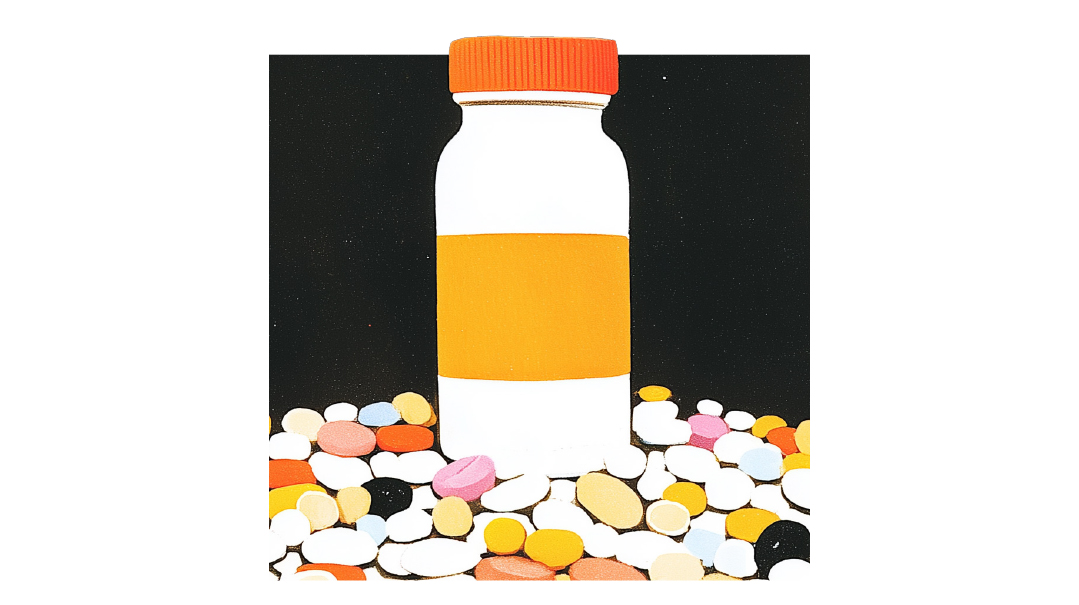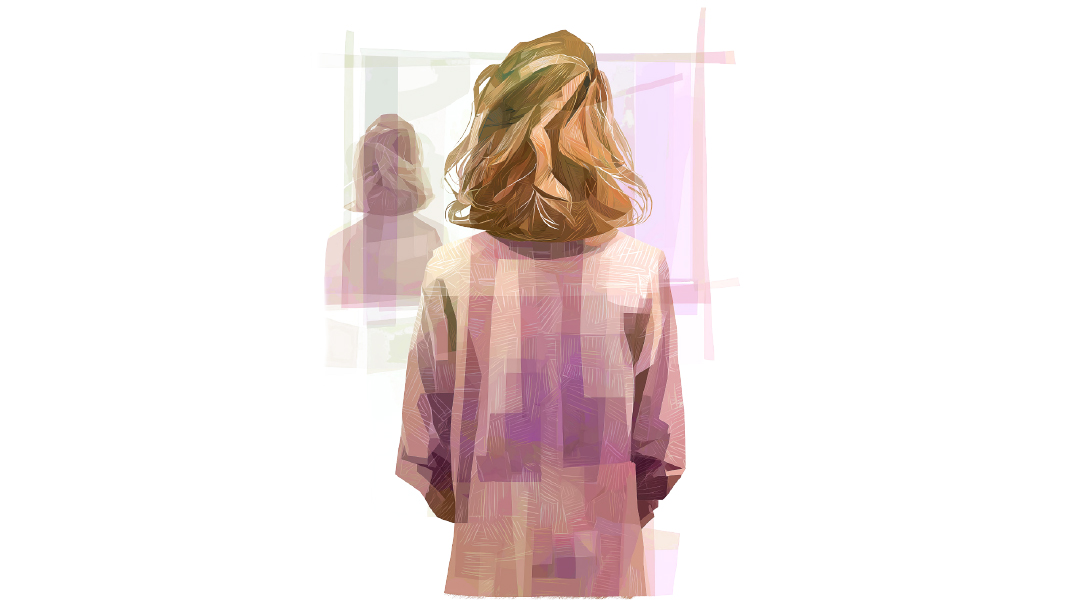Poison!
| December 5, 2023Screening for lead poisoning is a routine part of early well-visits

Poison!
Dr. Jennie Berkovich
Lead poisoning is a serious health condition that can have severe consequences for individuals of all ages. However, it poses a particularly grave threat to young children, as their developing brains and bodies are more vulnerable to the toxic effects of lead. Screening for lead poisoning is a routine part of early well-visits, usually done as a finger prick at the nine-month or one-year visit.
Lead, a toxic metal, was once widely used in various products, including paint, plumbing, and gasoline. Although many countries have banned or phased out lead-based products, homes in the United States constructed before 1978 may still have lead particles in the walls or plumbing.
Common sources of lead exposure include lead-based paint, contaminated soil and dust, lead pipes and plumbing fixtures, certain types of pottery and ceramics, and some imported toys and jewelry. The classic example of lead exposure is from paint in an older home. When kids first become mobile, they often attempt to put everything they see into their mouths, including paint chips that have landed on the floor.
Lead poisoning occurs when lead enters the body through inhalation, ingestion, or skin contact. Once lead enters the body, it can be absorbed into the bloodstream and distributed throughout various organs, including the brain, liver, kidneys, and bones. In children, lead poisoning can have devastating consequences, including developmental delays, learning disabilities, and behavioral problems. It can also disrupt the development of the nervous system, potentially resulting in permanent neurological damage. In severe cases, lead poisoning can lead to seizures, coma, and even death.
Preventing lead poisoning is of paramount importance to reduce its detrimental effects. Although public health regulation has made great strides to reduce exposure to lead, I still see elevated lead levels in my patients a few times a year. While screening is an important step, there are preventative measures that everyone can take to help reduce their family’s exposure to lead:
If you live in an older home or community, consider testing your home for lead-based paint, lead in drinking water, and lead in soil. If lead is detected, engage a professional to safely remove or contain it. Local health departments can often assist with testing.
Prevent children from playing in areas with peeling or chipping paint, as these areas may contain lead.
Clean surfaces in your home regularly, paying close attention to floors, windowsills, and other areas where lead dust can accumulate. Use a damp mop or cloth for cleaning, as dry dusting can spread lead dust.
Encourage children to wash their hands frequently, especially before eating and after playing outside or with toys. Toys, particularly those that children put in their mouths, should be washed regularly. As much as possible, try to avoid toys that are imported from Asian countries, as they often don’t have the same regulations around lead that the US and Europe do.
A diet rich in iron, calcium, and vitamin C may help reduce the absorption of lead in children.
If you suspect that you or your child has been exposed to lead, it’s essential to seek medical attention promptly. A blood test can measure the level of lead in the blood, and treatment usually involves identifying the source of the lead and removing it from the home. Chelation therapy to remove lead from the body is only rarely used but can be helpful when blood lead levels are very elevated. Early detection and treatment are crucial for minimizing the long-term effects of lead poisoning.
Dr. Jennie Berkovich is a board-certified pediatrician in Chicago and serves as the Director of Education for the Jewish Orthodox Medical Association (JOWMA)
On the Front Lines
Sarah Rivkah Kohn
Dear Emotional Front Liner,
AS war rages on, intense efforts have been made to get truckloads of necessary equipment to those fighting on the front lines, whether helmets and bulletproof vests, or blankets, pillows, and food. Nobody wonders how a soldier can ask for a pillow when there’s a war raging; it’s obvious to us that it’s critical that every soldier has whatever he needs to continue at his post.
But I worry about you, our emotional front liners.
You, the people manning crisis lines, therapists listening to the unspeakable, Hatzolah volunteers, members of ZAKA or the chevra kaddisha, leaders in organizations dealing with all sorts of human pain for hours at a time. You can’t quite reach out to the public with your “requests” because it’s not like you need vests. But you have needs. And whether spoken or unspoken, those needs need to be met, so we as a community can continue to benefit from your services.
You are not selfish. You are not lazy. You are not needy.
You have seen and heard too much in the last few years and it seems like you can never catch your breath before the next wave of heartache hits. I know you may protest — “I’m fine, this work is hard but it fulfills me… and if I walk away now, who am I?”
But this isn’t the entire story. Angels can go without food, drink, sleep, or emotional connection. Humans? They can do that… and then they break.
Please, set aside an hour, or a day, to recalibrate and recognize what those needs are.
Then just breathe. Do something that replenishes you, speak with someone else and unburden yourself, sit with your family and do something non-work-related, purchase something that would be helpful for self-regulation, exercise, sleep, eat a good meal…. You know what you would do for someone else in your position — do it for yourself or allow someone to do it for you.
With much appreciation,
Klal Yisrael
Sarah Rivkah Kohn is the founder and director of Zisel's Links and Shlomie’s Club, an organization servicing children and teens who lost a parent.
Letting Go
Sara Eisemann
“Letting go does not mean you stop caring. It means you stop trying to force others to.”
—M. Hale
Letting go sometimes gets a bad rap, because we confuse it with quitting. But if you’ve ever gone waterskiing, you know that the secret to not drowning is to let go of the rope when you fall, or you find yourself thrashing around in churning waters. The second you let go, you experience a release that allows you to float safely back up.
It’s counterintuitive, though. We’re wired to hold on for dear life. So sometimes we hold on longer and tighter than we should. Sometimes we get confused. We think that letting go means that we’ve lost the will or that we just don’t care. But sometimes it means the opposite. It means we care enough to let go of control and let everyone be who they are.
Sara Eisemann, LMSW, ACSW, is a licensed therapist, Directed Dating coach, and certified Core Mentor.
(Originally featured in Family First, Issue 871)
Oops! We could not locate your form.







